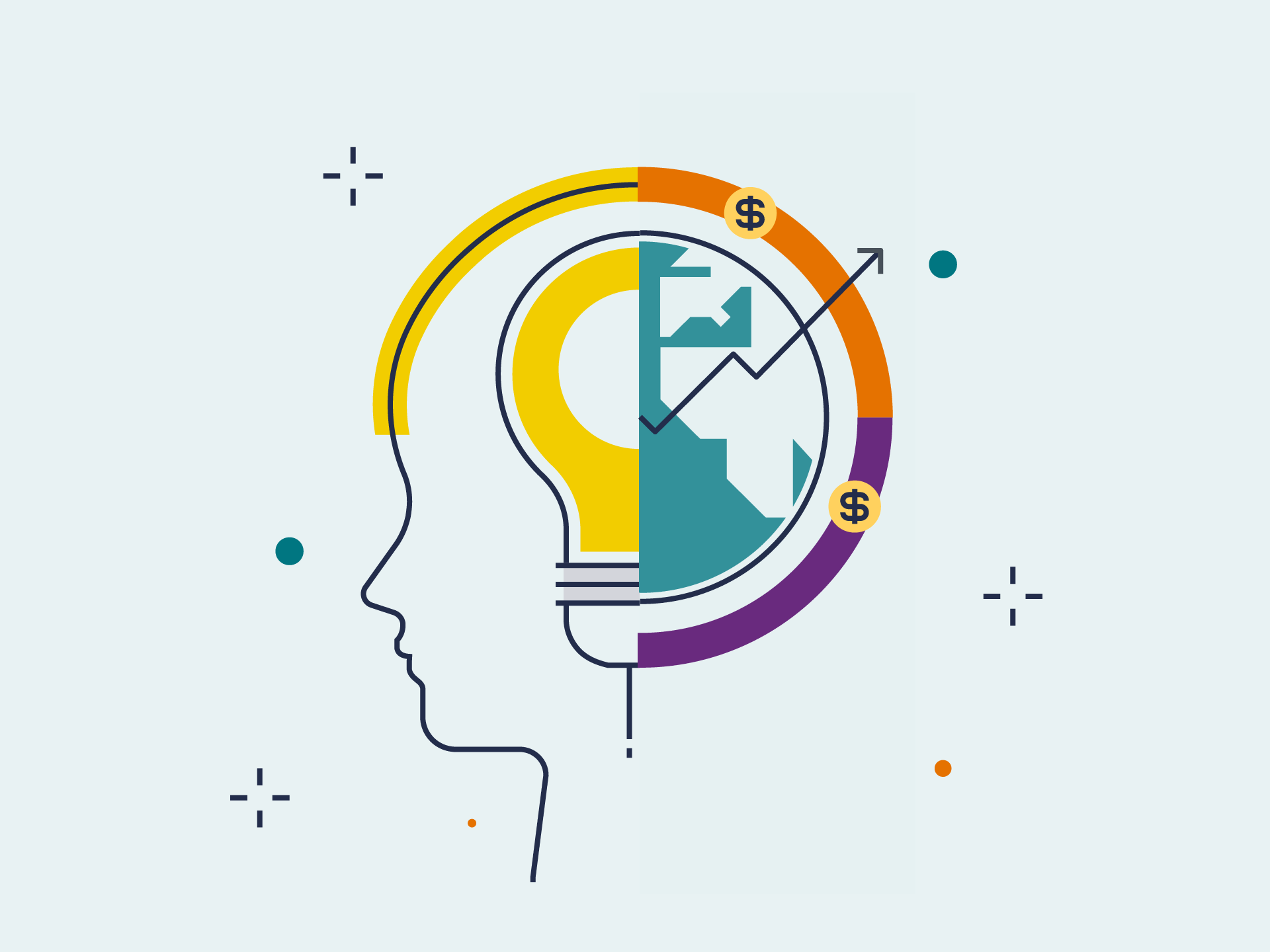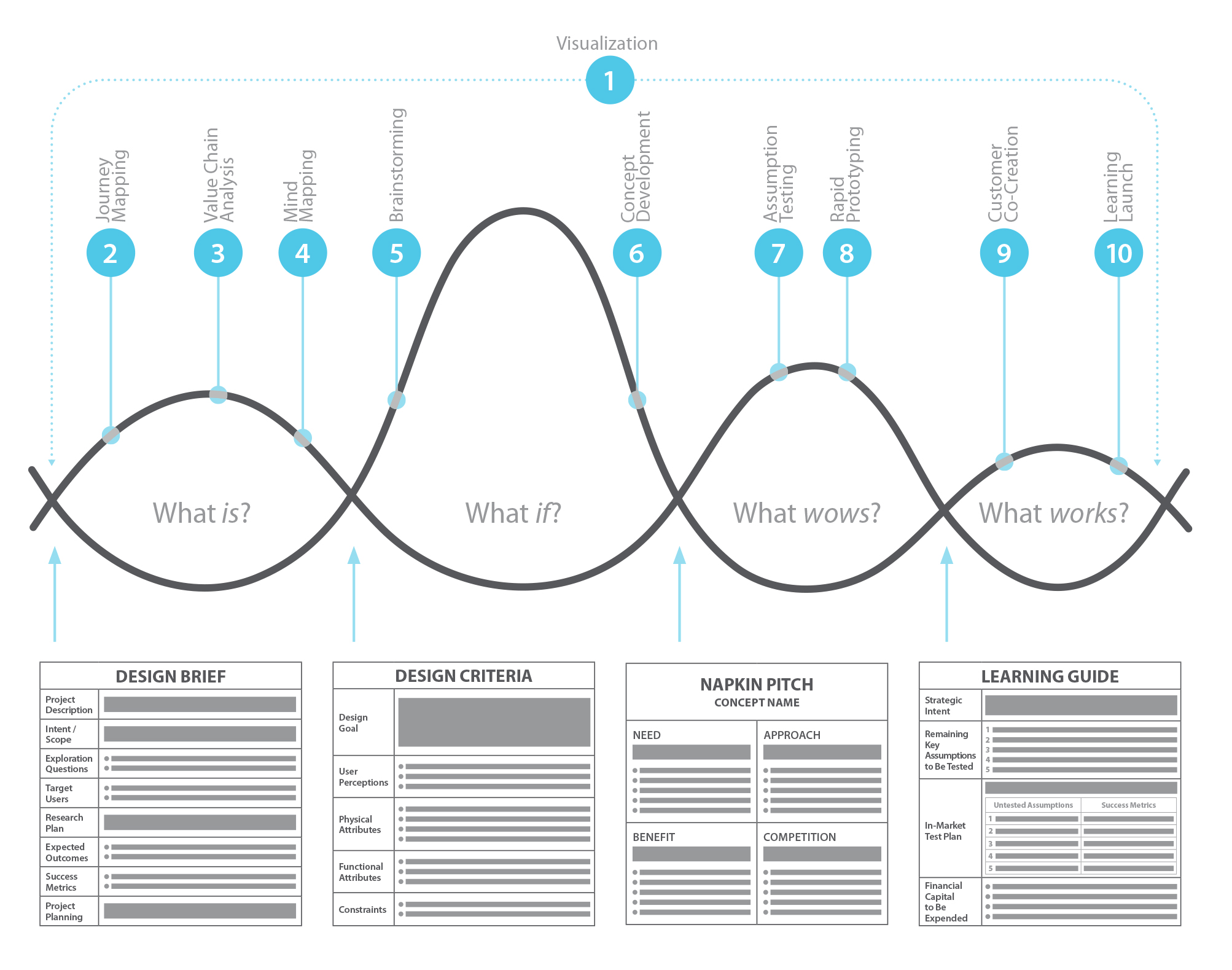Table Of Content

In think aloud testing, users test out a product or prototype and talk through the relevant tasks as they complete them. You can use this template to record the feedback, insights, and experiences of your testers, and identify the success and failure points in your proposed solution. Design thinking is an iterative process — it’s not something you do once and call it done. With ClickUp, you can seamlessly integrate your wireframes, prototypes, and designs into your project management workflows, streamlining your design thinking process and increasing efficiency. Additionally, Miro offers templates to help teams get started quickly, making it easy to create a customized workspace for each project.
Templates for the Prototype stage
This is the creative stage of the design thinking process in the true sense of the word, so take advantage of it! Go for quantity as this a pre-requisite of quality, defer judgment, be visual, build on the ideas of others, stay focused on the topic, one conversation at a time and encourage wild ideas! Don’t hesitate to pace the sequence of tools according to the energy in the group, make sure to open as many doors as possible.

Support design thinking with tools that facilitate creative collaboration
Center for Design Thinking to present three upcoming workshops - Today at Elon
Center for Design Thinking to present three upcoming workshops.
Posted: Wed, 16 Oct 2019 07:00:00 GMT [source]
Ethnio lets you create elegant recruiting screeners to find the right participants for your in-person or remote testing via your website, iOS or Android app, or shared link. Then, once you’ve identified the right people, you can use Ethnio’s automated tool to customize every email your participants receive, send them automatic reminders, and more. InVision Studio lets you design, prototype, and animate—all in one place. With flexible layers and an infinite canvas, it’s easy to turn ideas into powerful designs. It was only part of the solution, but if the idea had been rejected outright, or perhaps not even suggested, the company would have missed an important aspect of the solution.
Entrepreneurship & Innovation
The success of any organization is largely predicated on those people using the product or service it provides. By developing solutions with those people in mind, your team can create targeted solutions that can have a massive effect on user activation, retention, and growth. Simply put – Design Thinking is especially effective in enabling a company to truly understand its users and create solutions based on the needs and challenges of those people. By using Design Thinking prototyping tools to streamline the process and move quickly, you can avoid some of the pitfalls of regular problem-solving processes and it’s here that design thinking excels. In this Design Thinking stage, you and your team will design, prototype and assess possible solutions before either accepting, improving or rejecting them – all while remembering the needs and experiences of your users. This tool streamlines the design process, offering customizable and professional layouts that cater to various styles and preferences.
What are the Design Thinking Steps?
The mistake they make is to try and empathize, connecting the stated problem only to their own experiences. This falsely leads to the belief that you completely understand the situation. But the actual problem is always broader, more nuanced, or different than people originally assume. It’s grown beyond the confines of any individual person, organization or website. But based on the impact we are seeing in our work, the relevance of design thinking has never been greater.
Remember that in order to truly empathize with your users, you need to engage with them, see things from their point of view, and collect the data you need to clearly define how they use your product or service. The Design Thinking process is flexible and non-linear in nature, allowing teams to go back and forth between ideation, testing, and user definition as best suits the project. By this stage you will have a few solutions or features that you will want to test. Prototypes do not have to be too detailed, high-quality or actually even working yet.
Become a Business and Leadership Professional
By creating detailed personas, businesses can tailor their messaging and offerings to meet the specific needs of their target audience. This can result in increased customer engagement and higher conversion rates. But the fact of the matter is MakeMyPersona allows businesses to create detailed personas by answering a series of questions related to the customer’s demographic, interests, goals, and pain points. The tool then generates a detailed persona report that includes the customer’s name, age, job title, and more. Figma also comes with features to create and share styles for typography, color, and other design elements. Designers can apply consistent styles across all their designs, regardless of the designer working on them.
A complete guide to the design thinking process
This exercise helps you understand a situation or problem by identifying what’s working, what’s not, and areas for improvement. You start by listing out the problem, then identifying the positive aspects (the rose), negatives (thorn), and possible solutions for improvement (the buds). And to help you get started, we’ve hand-picked some Mural templates relevant to each stage of the design process below. However, when it comes to finding a platform that can support all of these design thinking tasks in one place, ClickUp stands out as the best solution.

Browse All Resources
You can use various techniques to limit or split the theme into more manageable chunks, see different aspects of the theme, and produce more diverse ideas. You could collaborate on a to-do moodboard to track progress and to-do lists or a brand asset board as you start to define elements. They have developed a Human Centered Design Discover Stage Field Guide For use by government employees only (fair enough!). IBM was traditionally an engineering-led organization, but now it's shifting its focus onto design, working to spread a design culture throughout the business. To inspire your team, we’ve put together four human-centered design examples — and explain why they work so well.
We’ve pulled together this collection to help you get started doing design work. Inside you’ll find a NEW introductory online workshop, a library of FAQs about how design works, and a couple of handy tools. We’ve curated a collection of resources from our classes and workshops for you to explore. Use these activities, tools, and how-tos as a starting point — we hope you’ll hack them for whatever challenge you’re working on.
The tool lets teams easily discuss ideas, leave comments, and provide feedback, all visually and collaboratively. This helps to minimize miscommunication, reduce errors, and accelerate the decision-making process. It also involves using specific tools to help facilitate the design stages. Permits storing data to personalize content and ads across Google services based on user behavior, enhancing overall user experience. By the end of the Prototype stage, the design team will have a better idea of the product’s limitations and the problems it faces. They’ll also have a clearer view of how real users would behave, think and feel when they interact with the end product.

No comments:
Post a Comment